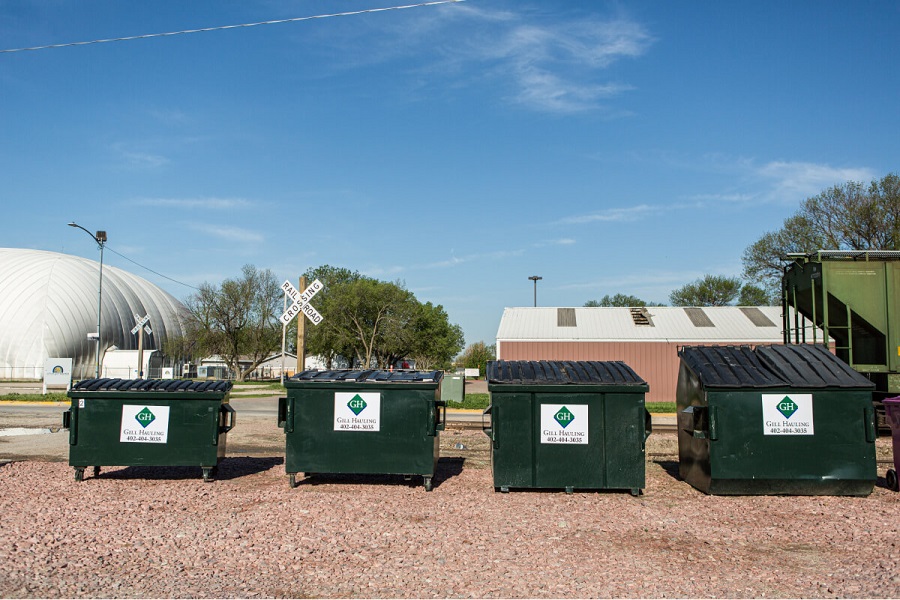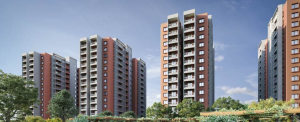
When it comes to managing waste for a construction site, home renovation, cleanout, or landscaping job, having the right dumpster can completely change the experience. Too small, and you’ll need multiple pickups or risk overflow. Too large, and you’re paying for space you won’t use. The key is to choose the right size from the start.
Dumpster rental companies offer a range of sizes to match different types of projects. From minor household decluttering to full-scale demolition work, there’s a container that fits the job. Understanding what each size can handle will save time, reduce hassle, and help you stay on budget.
Here’s a detailed look at the most common dumpster sizes, how much they hold, and what kinds of projects they’re best suited for.
10-Yard Dumpster: Best for Small Projects
A 10-yard dumpster is typically the smallest container available for rental. It’s about 12 feet long, 6 feet wide, and 4 feet high, with a capacity of roughly 10 cubic yards. That’s equal to about three pickup truck loads of material.
This size is ideal for small cleanouts or single-room renovations. Think of situations like removing carpet, decluttering a garage, or trimming overgrown landscaping. It’s also a practical choice for people living in neighborhoods with limited driveway space, since the container itself has a small footprint.
Although it’s compact, this dumpster can still hold a fair amount of debris. Just be cautious with heavy materials like bricks or concrete, as weight limits can be reached quickly even in a smaller container.
15-Yard Dumpster: Great for Mid-Sized Residential Jobs
A step up in size, the 15-yard dumpster typically measures 14 feet long, 7 feet wide, and about 4.5 feet high. It holds approximately four to five pickup truck loads of waste, making it suitable for slightly larger residential projects.
Use this size for remodeling a small kitchen, replacing a roof on a single-story home, or cleaning out multiple rooms at once. It’s a solid choice when you have more to throw away but still want a container that doesn’t dominate your driveway.
This dumpster works well for homeowners who are doing a little more than basic cleanup but don’t need something industrial-sized.
20-Yard Dumpster: A Versatile Choice for Many Projects
The 20-yard dumpster is one of the most commonly rented sizes. It usually measures 22 feet long, 7.5 feet wide, and 4.5 feet high. With a capacity of about six to eight pickup truck loads, it offers flexibility without being overwhelming.
This size is frequently used for moderate renovation work. If you’re remodeling a bathroom and kitchen at the same time, removing an old deck, or replacing siding, the 20-yard dumpster will likely meet your needs.
It’s also a good fit for clearing out a basement or garage, removing yard debris after a storm, or managing waste from a small gathering like a conference or corporate event. Its larger volume and accessible height make it one of the most user-friendly options on the market.
30-Yard Dumpster: Ideal for Large Residential or Light Commercial Use
For more demanding jobs, the 30-yard dumpster offers significantly more capacity. It typically measures 22 feet long, 7.5 feet wide, and 6 feet high. This size can hold nine to twelve pickup truck loads of waste, making it a smart option for full-home renovations, major cleanouts, or office remodeling.
Contractors often use this size on job sites where large quantities of construction material need to be hauled away. If you’re tackling a project that involves removing cabinets, countertops, flooring, and wall materials from multiple rooms, this container is worth considering.
It does require more space for delivery and pickup, so be sure there’s enough clearance in your driveway or lot before renting.
40-Yard Dumpster: Built for Major Projects
The largest standard dumpster available is the 40-yard container. It measures about 22 feet long, 8 feet wide, and 8 feet high. With a capacity of up to sixteen pickup truck loads, it’s designed for big jobs with significant debris.
Think commercial construction, demolition work, or large-scale event cleanups. If you’re overseeing a building tear-down, working on a multi-unit renovation, or managing materials from a major development, this dumpster has the room to support it.
Because of its size and weight, this container is typically not suited for residential use. It also comes with strict weight limits and may require additional permits, depending on where it’s being placed.
How to Choose the Right Size
Choosing the right dumpster size starts with a clear understanding of your project. Ask yourself how much debris will be generated, what kind of materials you’ll be discarding, and how long the project is expected to take.
If you’re doing light work and tossing out a few large items, a smaller container might be fine. But if your project spans multiple rooms or involves heavy materials like concrete, you may need a 20-yard or 30-yard dumpster to avoid running out of space.
Don’t forget to account for bulky items. Old furniture, appliances, drywall, and cabinetry take up more room than you might expect. It’s better to size up slightly if there’s any uncertainty.
Understanding Weight Limits
Each dumpster size comes with a maximum weight limit. This is usually measured in tons, and exceeding it can result in additional fees. Weight limits vary by provider and depend on what’s being hauled away.
For example, a 10-yard dumpster filled with shingles or concrete could hit its weight limit before it appears full. Meanwhile, a 30-yard container used for lighter household waste may not reach the limit at all.
If you’re unsure about how heavy your waste will be, it’s a good idea to speak with the rental provider in advance. They can help guide you based on the materials you plan to discard.
Space Requirements
Make sure you have enough room for the dumpster to be dropped off safely. Even smaller sizes need space for both the container and the delivery truck. A typical driveway can usually accommodate a 10, 15, or 20-yard container without much trouble.
Larger sizes, such as 30 or 40 yards, may require placement in a parking lot, construction zone, or private property with extra space. Always measure the area ahead of time, and clear the path for delivery to avoid delays.
When in Doubt, Ask for Help
Most dumpster rental companies will happily help you figure out which size best fits your project. They’ve worked with every type of cleanup imaginable and can guide you based on the scope and duration of your job.
Explaining the type of work you’re doing and what materials you’ll be discarding can lead to better recommendations and prevent overspending or underplanning.
Final Thoughts
Choosing the right dumpster size isn’t just about convenience. It impacts your budget, your project timeline, and how efficiently you can work. By understanding your options and planning ahead with a dumpster rental company, you can avoid costly missteps and get the job done with less stress.
From small home cleanouts to large-scale construction projects, there’s a dumpster size built for the job. Take the time to pick the right one, and the rest of the process becomes much easier.








